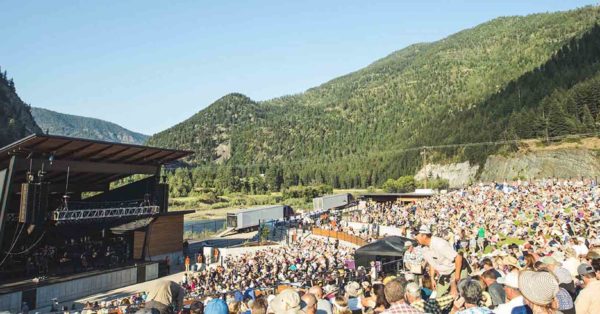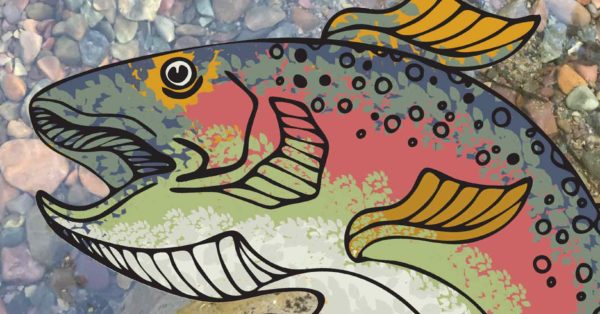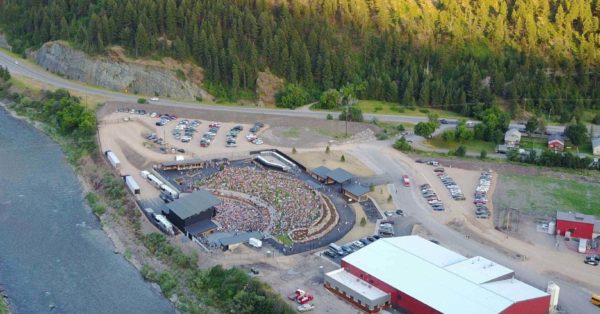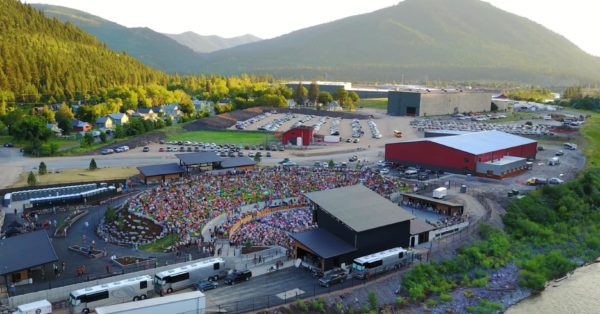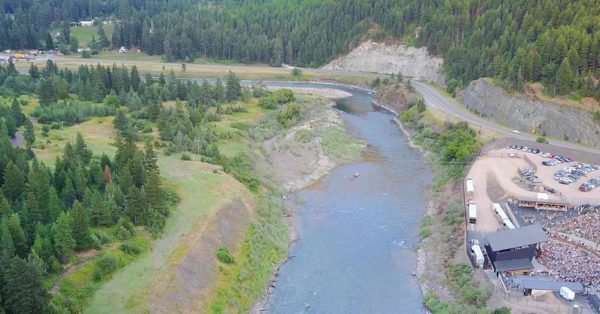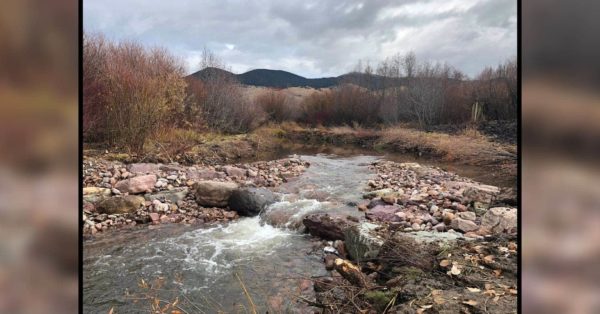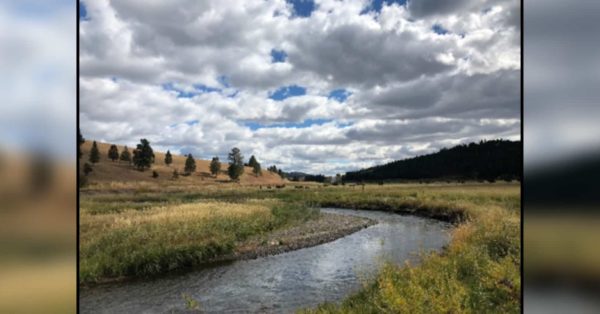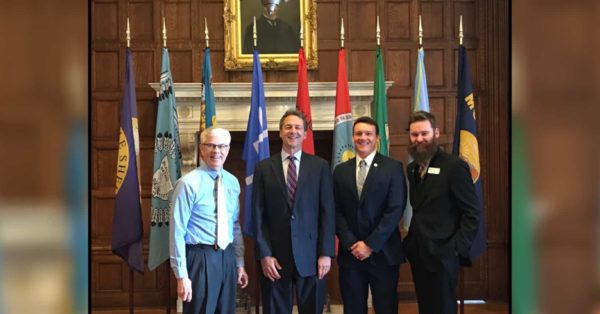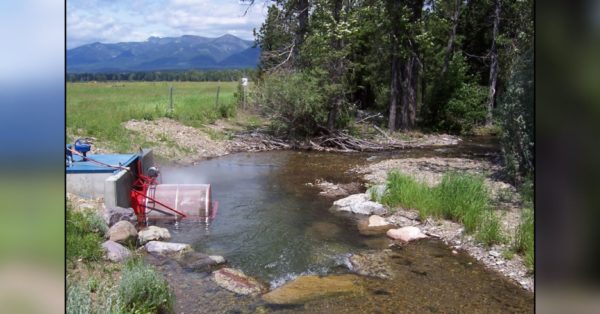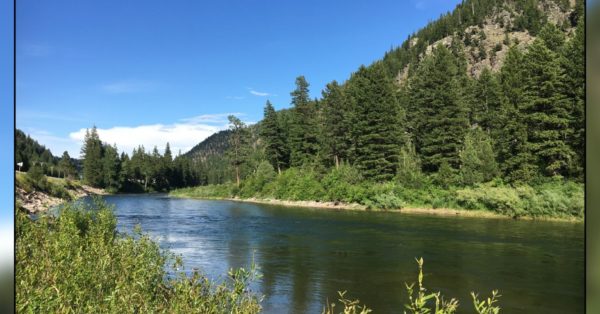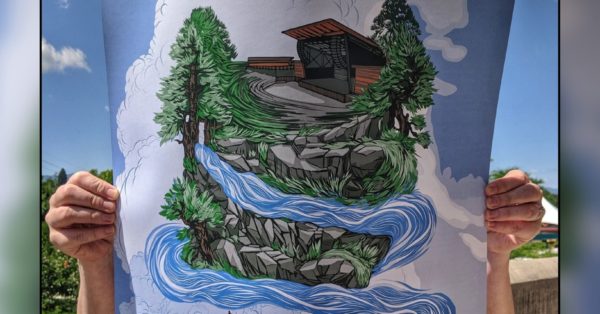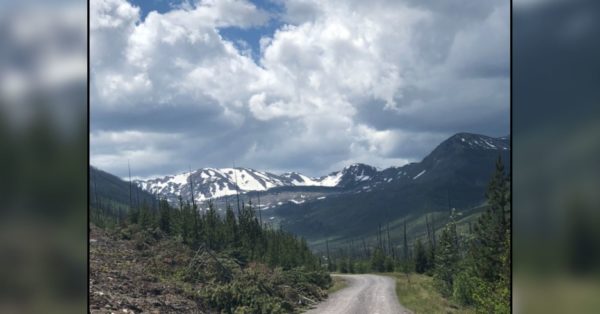
Blackfoot River Fund Update: Restoring Native Westslope Cutthroat Trout
It’s been a busy summer for Montana Trout Unlimited. They used the Blackfoot River Fund for many projects, including streambank restoration, road system reroutings, irrigation streamlining, and maintenance on fish screens, dams, head gates and other instream structures.
MTU’s Executive Director, David Brooks, also went along the tributaries of the North Fork with Fish, Wildlife & Parks to collect data to choreograph the removal of non-native fish and restocking of native fish over the next few years.
That means that looking forward to next summer, there’s going to be a lot more work that needs to be done, and they’ll need help doing it! Keep reading to learn more about this important work and to see if you may want to volunteer.
Big Blackfoot Backcountry Trout Restoration Project Benefits from Logjam and Needs Hardy Volunteers!
The Big Blackfoot River is renown for its native westslope cutthroat and bull trout. It’s also known for the work that has been done to conserve, protect and restore the tributary streams, which provide cold, clean water and critical trout spawning habitat. The North Fork tributary of the Blackfoot is a prime example. About 16 miles up from its confluence with the main river, the North Fork tumbles over a waterfall. For centuries the falls have halted trout from migrating into the many miles of stream above. Historically, native trout inhabited streams above the falls and kept the population going. The ones that migrated below, enhanced the lower reaches.
Starting about a hundred years ago, hatchery rainbow and Yellowstone cutthroat trout were stocked above the North Fork falls and have since dominated those pristine waters. Montana’s Fish, Wildlife & Parks Department (FWP) is now planning to restore an assemblage of native fish to the upper tributaries of the North Fork. This summer I joined regional FWP fisheries staff for a week of data collection in those tributaries. Based on the results of the eDNA samples we took, readings from temperature sensors, and on-the-ground observations, FWP will have the data to choreograph the removal of non-native fish and restocking of native fish over the next few years.
The geographical scope, complexity and potential benefits to native trout within the whole Blackfoot watershed of this project are impressive. It will include 19 fish-bearing streams and three lakes, covering a 110 square-mile drainage with about 85 miles of stream habitat. The aim is to restore native westslope cutthroat to nearly all of that water. To accomplish this effort, FWP will need help. Montana Trout Unlimited and the Big Blackfoot chapter of TU will be helping to provide staff, volunteers, funding, and public support. Generous support of the Blackfoot River Fund makes it possible for us to contribute to this ambitious project to make the Blackfoot even healthier. In turn, your attendance (and beer drinking) at Logjam’s Kettlehouse Amphitheater shows this summer help make the Blackfoot River Fund viable. If you’re interested in doing more, we will need hardy volunteers willing to spend a week or more in the backcountry, traveling through wild country on horse and on foot. If you are willing and able (long days on horseback and technical hiking across downfall) to help with the summer 2020 phase of native trout restoration in the North Fork, let us know. Hard, rewarding work on behalf of the trout you love awaits.
-Written by David Brooks
FWP staff traveling into the North Fork of the Blackfoot.

FWP biologist, Patrick Uthe, and fishery technician, Caleb Uerling collecting eDNA samples.

FWP Fisheries Manager, Pat Saffel, measuring stream flow rates with a non-toxic, plant-based dye test


